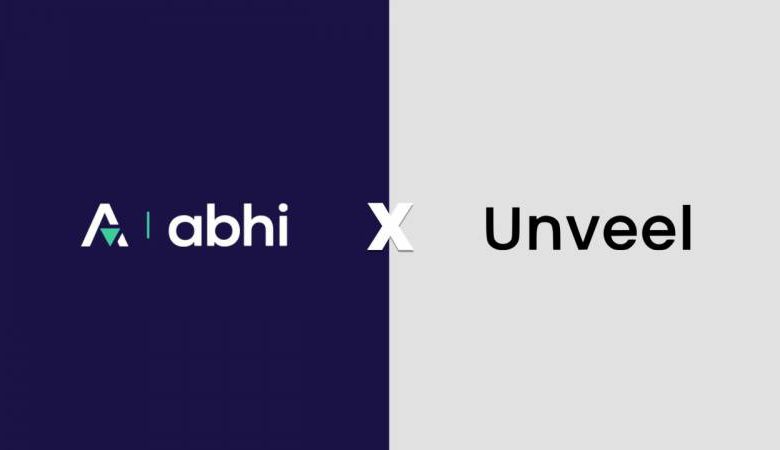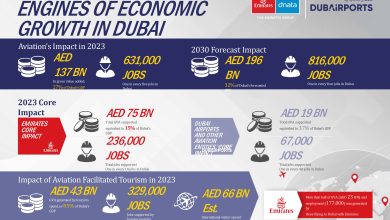Riders, ride-hailing workers to get earnings in real-time in Pakistan, UAE

ABHI, Unveel.io collaborates to offer Earned Wage Access to Ride-hailing & Delivery Drivers in Pakistan and UAE
ABHI, a Pakistan-based fintech and Unveel.io, a UAE-based API-Widget are combining their expertise to offer the facility of Earned Wage Access to ride-hailing and delivery drivers in Pakistan and UAE for the first time.
As the world economy struggles to get back on the rails, this comes as a ray of hope for workers. Hundreds of thousands of workers who were previously at the mercy of pay cycles over which they had no control are now better placed to manage the ongoing cost-of-living crisis, thanks to the combined efforts of Unveel.io, an acknowledged expert in API payroll data, and ABHI, whose Earned Wage Access solutions have placed them at the head of their field.
These two companies ensure that workers will now be able to access their earnings in real-time and be paid for their services on the same day, rather than be paid after a whole month. This will allow them to be in more control of their finances and lead a more productive and stress-free life.
Max Moscicki, Vice President of Unveel.io, said, “Our philosophy is that once you have earned something, you should have access to it right away, and Unveel’s real-time data enables that. Anything else is basically not giving you what you deserve. Having to wait for a distant payday is something that many gig workers cannot comfortably do, nor should they have to.
Ride-hailing drivers and delivery couriers are some of the hardest working people out there, and we think that they deserve straightforward access to the fruits of their labor on their own terms.”
Omair Ansari, CEO, and Co-founder of ABHI, said, “Employees should no longer have to feel ashamed to ask for the money they rightly deserve. Through our Earned Wage Access product, people can acquire their earnings instantly, which we believe is a basic human right. We are thrilled to partner with Unveel.io and believe that this partnership will open newer avenues to financially empower working individuals, enabling them to live a happier, healthier, and more productive life.”




